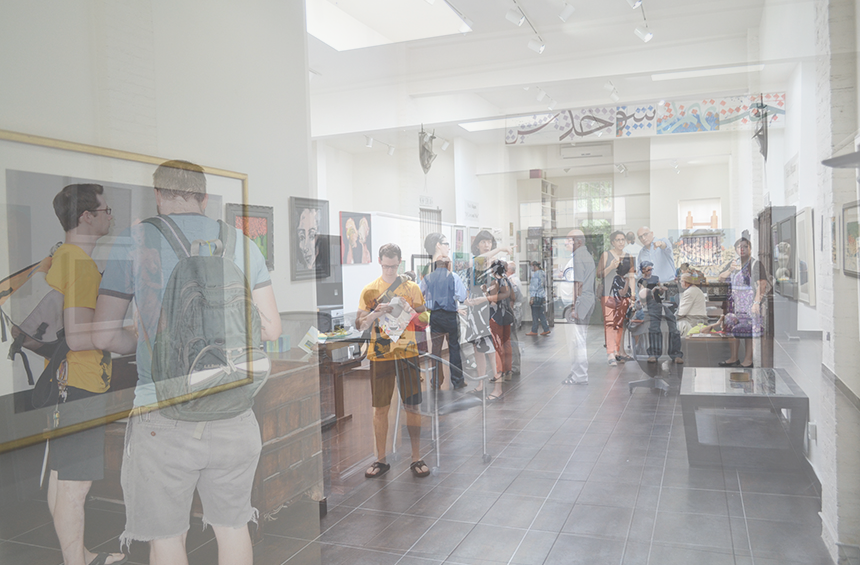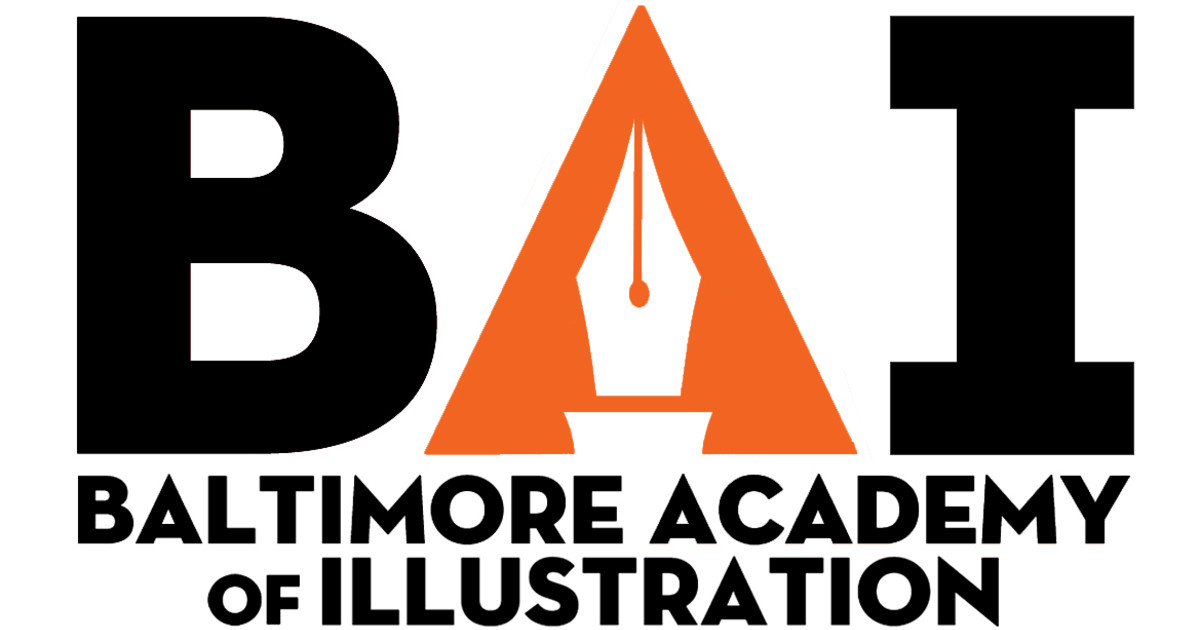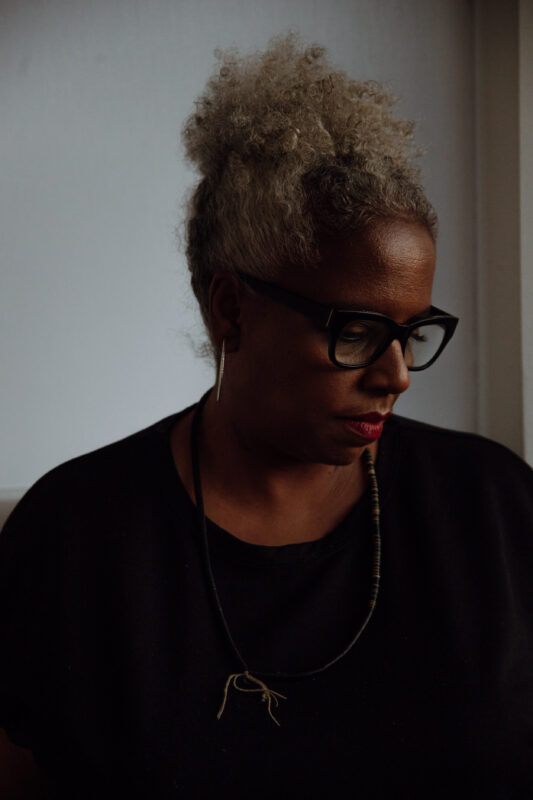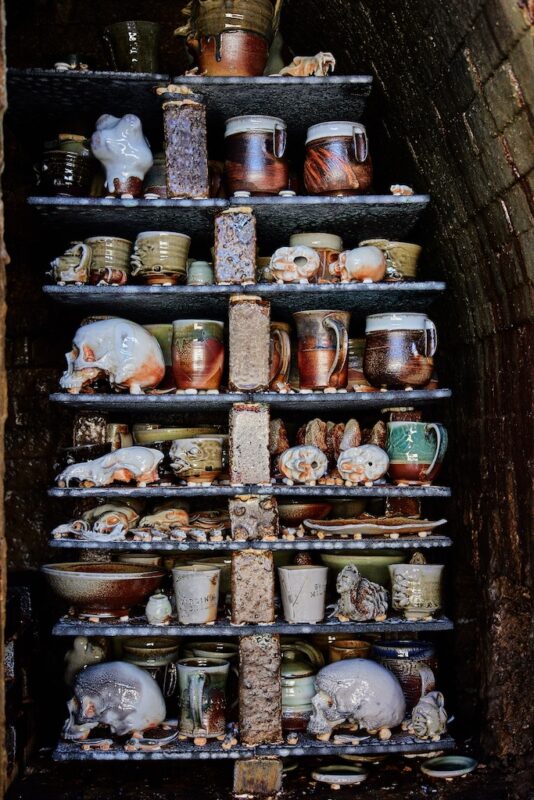The Baltimore Academy of Illustration aims to provide an affordable alternative to art school
by Cara Ober
“Sorry if I look completely exhausted,” says Alex Fine, squinting into the late morning light at Dooby’s. His notorious pompadour hair-do is a little flatter than usual today, but aside from that, he looks boyish and perky. The illustrator explains that he got a last minute illustration request from Politico Magazine yesterday and, after attending a dinner party with his wife, stayed up all night to complete the rush order.
Fine has worked as a professional illustrator for the Baltimore City Paper for the past decade, as well as a number of other national publications like Wired, Time, the Washington Post, and the NY Observer. This month he is designing covers for both Politico Magazine and Newsweek.

Although Fine has taught illustration at the college level for over a decade as an adjunct, he makes the overwhelming majority of his income from illustration for magazines and advertisers. For this reason, Fine’s decision to found The Baltimore Academy of Illustration with partners Greg Houston and Scott Fuqua might initially seems like an unlikely, or at least economically fraught, side project. The illustrator admits that this fall he will have to cut back on the commercial jobs that mostly pay his bills in order to focus time and energy on the new school.
As we sit down with our coffees, Fine and I both notice the artful chairs in the restaurant. “These are so beautiful,” he comments. “Now that I have to buy furniture I really appreciate a well-designed chair. They are so expensive!” Whether it’s the caffeine, lack of sleep, or his natural disposition, this morning Fine’s enthusiasm for new chairs, a new project, and a new opportunity to mentor students appears to have no bounds.
One of Fine’s Academy partners, Greg Houston, joins us. Like Fine, Houston is a professional illustrator who has taught at the college level for a decade, mostly at MICA. The two, along with Fuqua, conceived of the idea of the Baltimore Academy of Illustration about a year ago, and are opening their space to students this fall in a Belvedere Square location.

After teaching at MICA for several years, Fine admits he felt frustrated with the expense of the traditional four-year model for art school. After witnessing several “good students who were good artists” have to drop out of college, Fine began to brainstorm other alternatives for would-be professional illustrators.
“The Academy was Alex’s idea,” says Houston, who has illustrated for the Village Voice, Marvel comics, and two graphic novels for NBM publishing. He is currently working on a textbook on illustration for Monacelli Press. “Alex came to me with the idea. I went to Pratt and I am a big believer in an art education if you can afford to do it. An all-immersive education for two or four years is phenomenal – it helps artists grow beyond the scope of what they think is possible.”
“If you can afford a four-year college, I recommend that route,” Fine concurs. “It makes you smarter and more well-rounded to know about more than just art. But, if you don’t have the luxury to attend traditional college, what options do you have? Our school is like a trade school for illustrators. There should be more creative trade schools for students who want to be professional illustrators but can’t afford college tuition.”

“When I went to art school in the 80’s, it was so much less expensive,” Houston chimes in. “I now have a ton of students who can’t afford to finish school. We want to offer another route – something for the people who are really good but can’t afford college.”
“This is the United States and we should have more options,” continues Houston. “Whether they are finished with school, have dropped out, or can’t afford to go to – now there is another option. We (Fine, Fuqua, and Houston) have a lot of teaching experience and feel confident that we can offer the same level of quality to students without paying all that money.”
Houston explains that he feels so strongly about this because he is still paying off his own college loans to Pratt, decades later. After only paying back the minimum for many years, he couldn’t understand why his bill kept growing. “As a freelancer, you are paid irregularly – so you defer…” he explains. “Before you know it, you owe a ton of money. I see this happening a lot and I wanted to do something about it.”
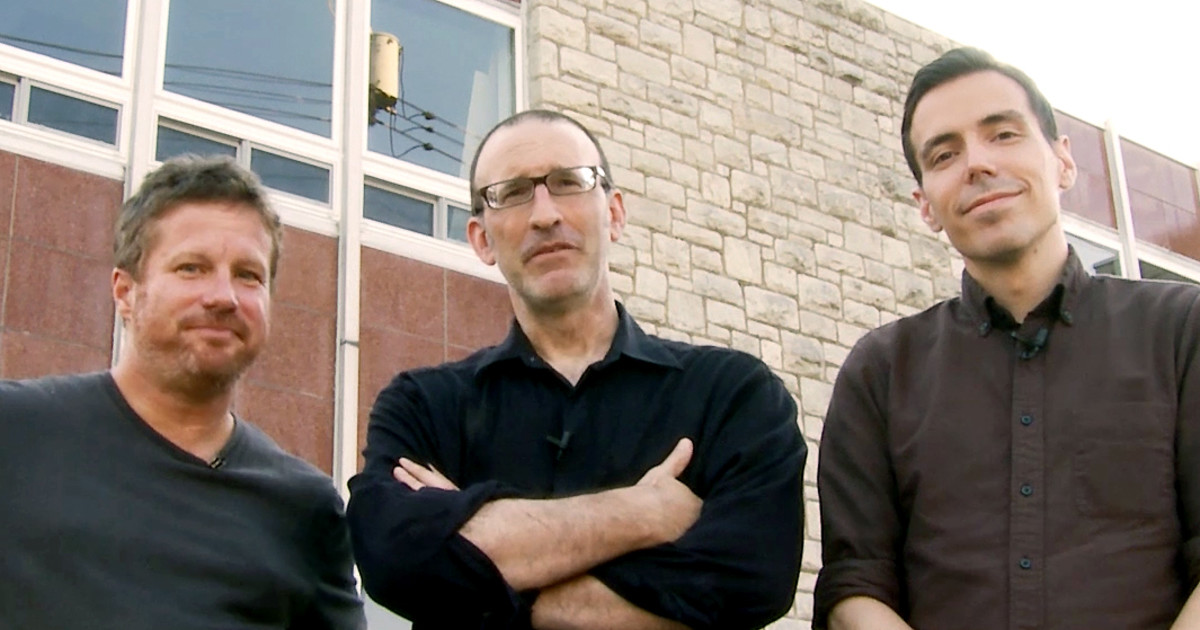 Fuqua, Houston, and Fine in front of the building that will be the Baltimore Academy of Illustration
Fuqua, Houston, and Fine in front of the building that will be the Baltimore Academy of Illustration
The Academy will open in Fall 2015 and offer six different classes, all taught by Fine, Fuqua, and Houston. Classes will each cost $500 and there will be no grades or certification offered. Rather, what these three experienced illustrators and college teachers want to offer students is the opportunity to build a professional illustration portfolio with lots of career development built in. Students are recommended to have a basic background in art and need to be 17 or older, but, beyond that, enrollment will be a simple process.
Fine explains, “In creative fields, clients don’t ask you for your college transcripts. It’s all portfolio. We decided to focus on the basic courses that will build your professional portfolio and let students choose the ones geared directly towards what their goals are.”
“If you want to be a children’s book illustrator, why should you have to take all those other classes?” Fine continues. “Maybe there are just two classes you need – and you can take them over and over again until you are ready to accomplish your goals… I think college should be less about credit hours. So, we’re not grading them. If you want to do well in the class, you do the work and be present. It’s your money to waste. Maybe they just want to try illustration out and see if it’s for them?”
Fine and Houston envision an independent, creative community where senior citizens, college drop-outs, independent artists, and professional illustrators who want to brush up on their skills can all come together and take their work to a higher level.
Way before he started teaching at MICA, Fine says he received lots of emails from aspiring illustrators, many from those who had just graduated from four-year colleges. He said they all asked the same questions: “How do I start a career as a professional illustrator? Do you need a master’s degree in illustration or do you just need to talk to an illustrator to get that insight?” He started wondering if the college route couldn’t be avoided altogether – when someone is 100% sure they want to become a professional illustrator.
“An MFA in illustration is a joke,” says Houston. “It is unnecessary if students have already attended four years of quality art education in their field. I have a BFA and have worked and taught since then. Now the rules are changing and you need an MFA if you want to teach. Teaching is the fallback if you can’t get enough illustration work. The current system is pushing students towards more and more unnecessary debt.”

Both Fine and Houston were both careful to point out that their academy is not seeking to challenge or compete with a traditional four year art school education, however the economic strain of college loans for a future freelance illustrator is a compelling reason to consider an alternative. Although both have taught in MICA’s illustration department, they insist that they’re offering an alternative to all four year colleges, not specifically to MICA.
“I was talking with someone who wants to go to art school and they asked me if they should go,” says Fine. “My answer was that it depends on their circumstances. You wouldn’t buy a Lexus if you make $6 an hour. But that’s what college students are doing today. When they graduate their debt is so high, they can’t afford to become a freelance illustrator.”
Houston presents another problem with current educational models that he has observed first hand. “There are lots of students who get scholarships, and they have to keep their GPA high to sustain that funding. They have to take lots of classes they’re not interested in, required classes, and some of these, for certain students, are a waste of time and money.”
“A lot of instructors think their class is the most important class and then students are walking around like zombies with no sleep, trying to fulfill their requirements to keep their money, putting in lots of effort in subjects that are not helpful to them,” continues Houston. “It’s just an unfortunate system when it doesn’t work. It’s great when it works, but there are a lot for whom it doesn’t work and we want to provide a different option for them.”
Fine and Houston describe the Baltimore Academy of Illustration as “a bridge, a companion, and an alternative for those who can’t find what they’re looking for” within current educational offerings and describe their program as an adequate, solid foundation for a professional illustration portfolio.
“It’s the education that’s important – not the credit in the field of illustration,” explains Houston. “We’re just filling the gaps that exist in the current system.”
If you look at the Baltimore Academy of Illustration website, you can see that Fine, Fuqua, and Houston bring a number of different skills to the project and that their illustration work is strikingly different from one another. “Our goal,” says Houston, “is to put together a solid program combination that can satisfy students who want a comprehensive education or want to specialize and study a la carte. The classes we are offering, I would put them against any class you would get anywhere. These classes would suit the needs for anyone looking to do illustration at any school.”
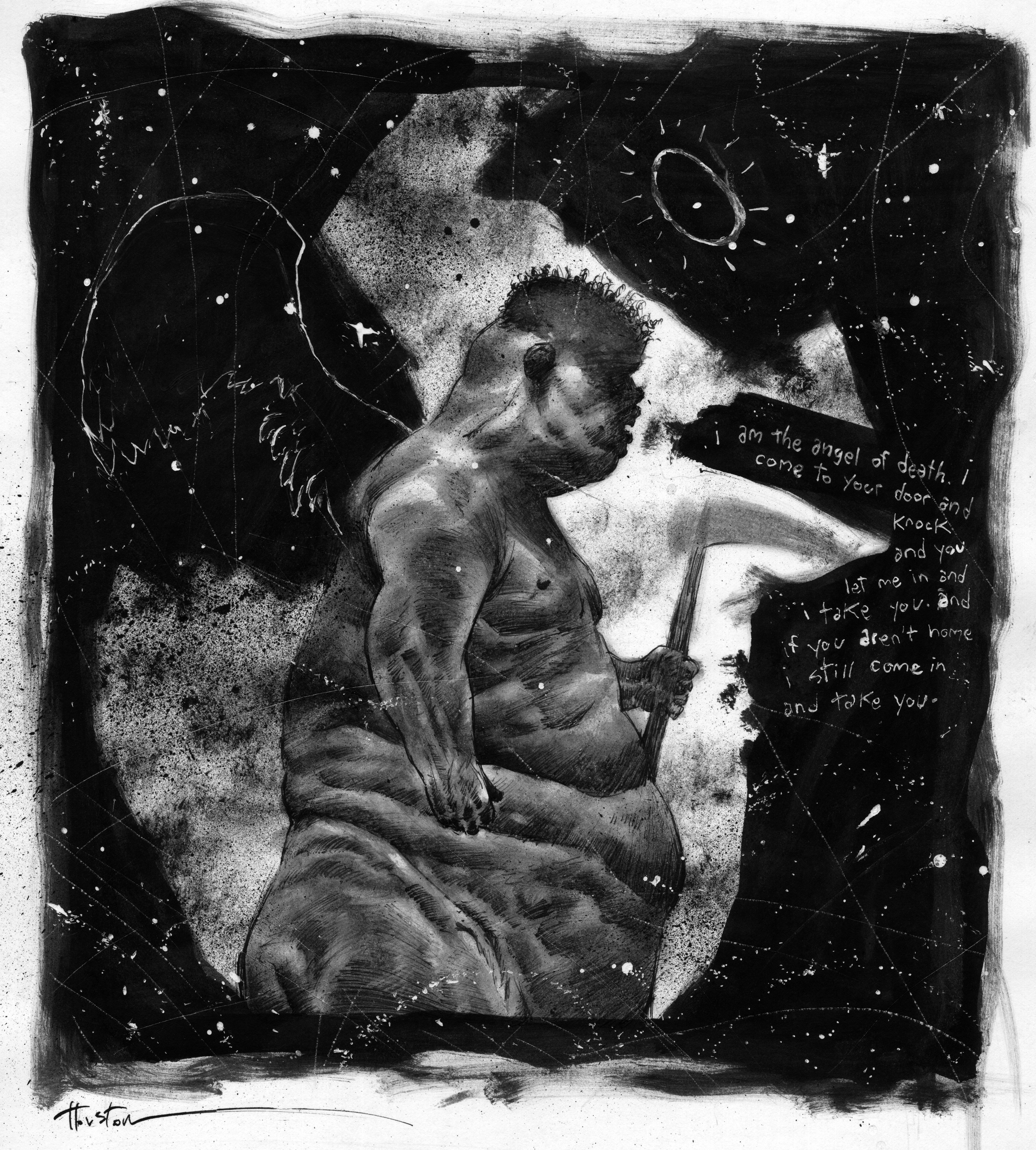
Fine agrees. “The six classes [seven total with one course offered twice] we are offering could be all you need in an illustration department. If you take all 6, that’s $3000. Classes are $500 per class. For 3k you get the real meat and potatoes of what you are getting from your major, but doing away with classes you are less interested in.” In terms of class offerings, Fine, Houston, and Fuqua will cover the basics, offer a few specialized courses, and also include professional development and hands-on opportunities to work with current art directors at various publications.
One option will be a Friday daytime workshop, co-taught by Fine and Houston, where students bring whatever they are working on and receive guidance. Another aspect of the class is a discussion of real life experience as illustrators – professional practices, how to market, how to set their rates, and to see how others do it. “It’s so difficult to figure out the market rate for illustration,” explains Fine. “You can’t pay your bills with exposure and we have to teach this to students.”

Another course Fine will be offering is Editorial Illustration, which will be co-taught by art directors from publications such as the Washington Post, Baltimore City Paper, and will include conversations with art directors from several well known national magazines that Fine has a working relationship with.
“Every two weeks, an art director will give them an assignment as a prompt and I will help them work on their projects,” says Fine. “Then the art director will pick the strongest one to actually run in their publication. I want to offer friendly competition in the class because this is the way the illustration community is – this is how it works with me and Greg [Houston] – we compete for the same jobs. This seems to get the best work out of my students. Nothing beats the pride of seeing your work in print, especially in a national publication. This will make them try harder.” Fine plans to set aside part of his tuition earnings to create stipends for each ‘chosen’ student for their professional usage. “This is the class I always wanted to teach but never could. I am really excited about it,” he says.
Houston describes his courses as “less exotic” than Fine’s. He will be teaching Fundamentals, for people who want to try out illustration, similar to a sophomore level course at the college level. He will also teach Illustration 2, which would approximate what juniors and seniors “who know something and want to polish their skills” would receive. Fuqua will be teaching Painting for Illustrators and Book Illustration.
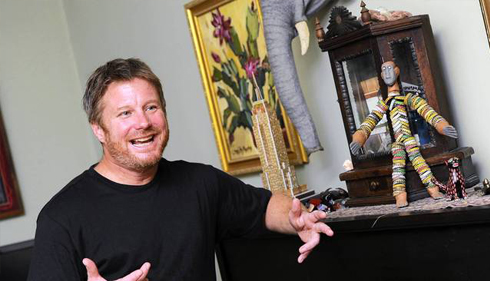
“I get at least two emails a week from self publishing children’s book authors with no budgets,” Fine says. “They want to pay the artist once the book is published… This is a red flag! Illustrators should NEVER DO THIS!” Instead, Fine says that Fuqua’s class will be “A great opportunity for self-publishing authors to learn to illustrate it themselves.”
“Illustration is all about communication,” Fine continues. “If you can draw a stick figure and get your message across, then great. Illustrators are hired to communicate an idea reliably and this is what Scott [Fuqua] will be teaching his students… Whether you illustrate like Norman Rockwell or Brian Rea, you get paid the same money and have the same deadline for the NY Times. You don’t get paid for your style. You get paid for the way the art is being used.”
Although all three illustrators will continue their professional freelance projects, they all plan to cut back on it this fall to make room for their new teaching schedule. When I asked about how the academy would be financially sustainable, they explained that each teacher be paid directly by the tuition of the number of students in their class. The three will split all costs equally, but are not paying the institution, which will be a LLC.
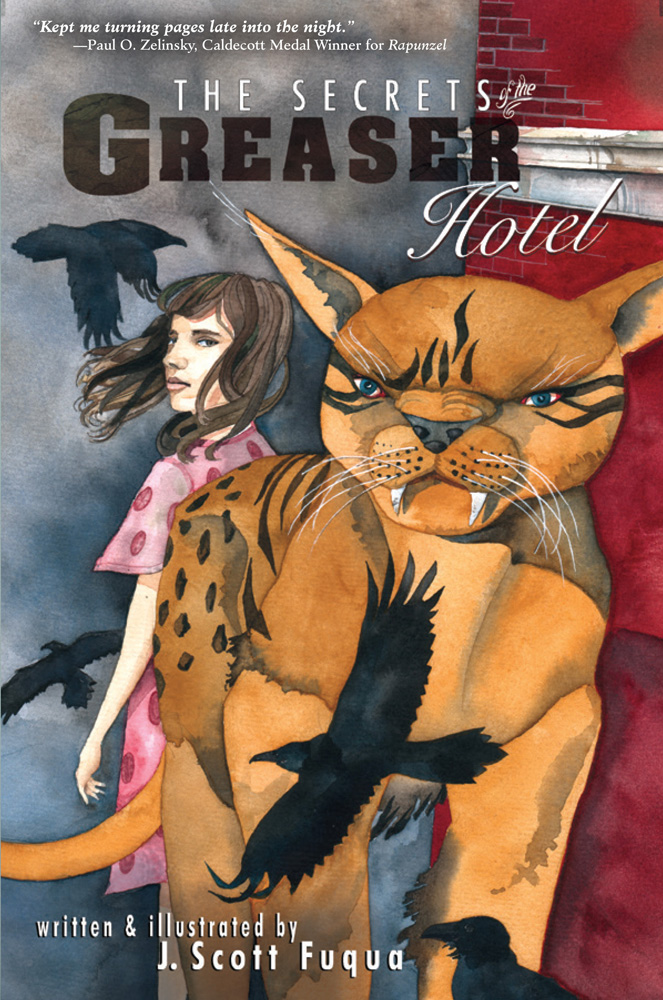
At the time of our meeting, the Academy was wrapping up an Indiegogo campaign where they had raised $12,000 (it’s now over $15k). This funding will cover start-up costs and, after this, the three instructors will personally invest to provide what is needed. Fine explains, “We will be paid a decent wage if we get full enrollment, somewhere between 10-12k per class. This pay is competitive with tenured, full-time faculty pay. We will keep our overhead low and have no administrative fees.”
The school will be housed in professional space on Bellona Avenue near Belvedere Square and both Fine and Housten are excited for the new location. “It has neighborhood parking,” says Houston. “And they renovated it for us. We are very happy with the space.” Their goal is to keep their tuition around 1/10 of what people pay at other programs. Because they are not hiring a staff, this will keep costs low and all three instructors will be collectively responsible for administrative issues.
“Bottom line, we are not doing this because we have to,” says Houston. “We are doing this because we want to. Before I started, I thought I never wanted to teach… but after working with Brian Ralph in a MICA summer program, I realized that I love teaching.”
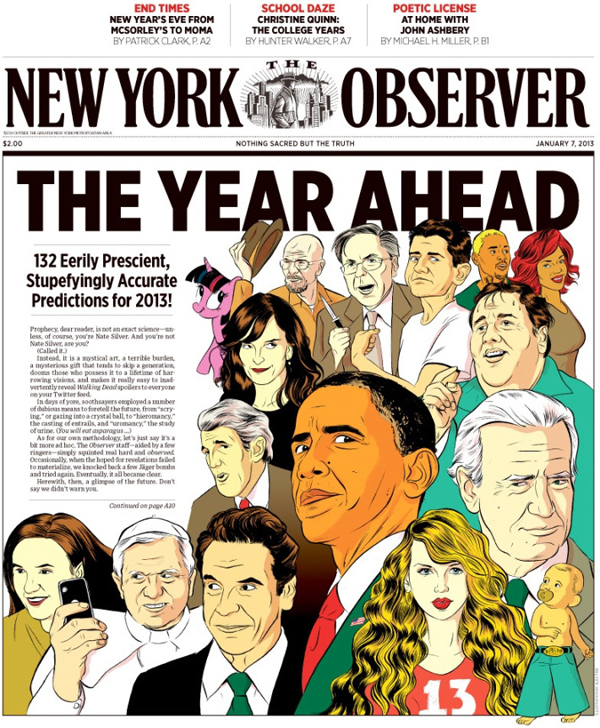
“If you’re like me and you love to talk about illustration… and you’re in a position where you get to talk about it with those who want to hear it, that’s phenomenal,” continues Houston. “We’re all artists and I have sat where they are sitting. I never felt this connection in Math or French class. There’s a bond that you have when you are able to teach something you really love to students who love it too.”
Fine agrees. “I started teaching in 2001 and I looked 12 years old and taught art to adults. The first day of class I was teaching 40-50 year olds and they thought I was a joke. In the first class I was pretty harsh on their critiques, and they fought me, but then realized they were learning. And we developed mutual respect and it was amazing… this was almost fifteen years ago at Maryland College of Art and Design.”
“After a few years, I took a break from teaching there to become a full-time illustrator,” says Fine, who started teaching again at MICA four years ago as an adjunct. “I just love it,” he says, of teaching. “Now we are all looking forward to being able to teach the way that we want at our school; now we have autonomy.”
The The Baltimore Academy of Illustration is now open for enrollment for its first semester. At the time of our meeting, the school had already registered a handful of students even though their advertising campaign had not yet begun. After this week, with a full page ad in the Baltimore City Paper, Fine and Houston are hoping to fill the seats in all seven classes for Fall 2015.
Although there are few examples of small, independently run trade schools for artists across the country, and the three founders face a steep learning curve in terms of running a school, they have clearly identified a huge problem facing would-be art school students. The crippling and overwhelming expense of college in this country, especially for those who wish to study illustration for a professional career, is clearly a barrier to success. The commercial and professional success of Fine, Fuqua, and Houston, coupled with their experience and dedication to teaching on the college level are two solid arguments for all types of students considering a career in illustration. Offering high level college classes at $500 per class is a compelling reason for would-be illustrators to at least give this model a try.
Author Cara Ober is Founding Editor at BmoreArt.
